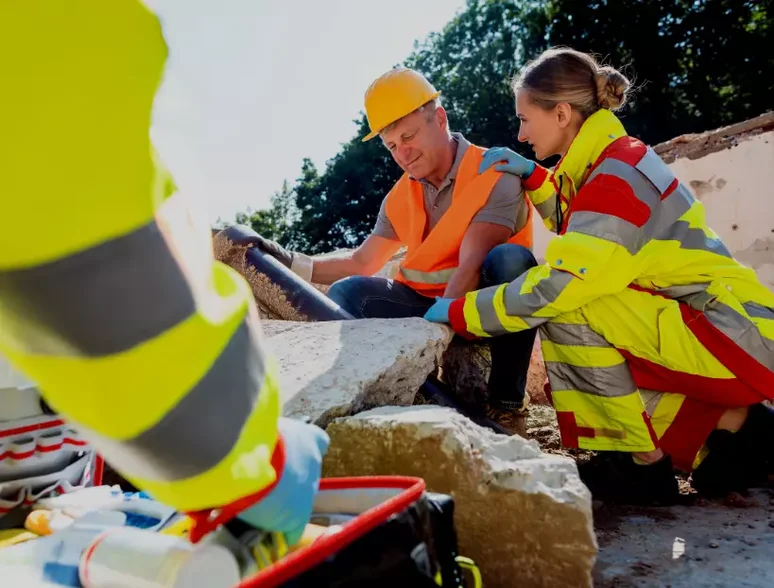In the aftermath of workplace incidents, thorough investigations are essential not only from a risk control standpoint but also from a claim’s perspective. This blog post delves into the claims’ perspective of incident investigations, shedding light on the importance of gathering information related to injuries and recognizing red flags during the reporting process. By understanding these aspects, employers can effectively manage claims, ensure accurate evaluations, and mitigate potential risks. To learn the incident investigation procedure, read part one of this blog post (https://smarterrisk.com/english/blog/incident-investigations-part1/).
The Incident Investigation
Have you noticed that the longer an injured employee is treated for their injuries, the longer the list of his complaints grows? Or how, after an attorney gets involved, do the body parts injured seem to multiply? Gathering as much information as possible about the employee’s injury itself is a crucial step in assessing the validity of the employee’s claims and addressing potential challenges that may arise during the claims process. I recommend that you take the time immediately after the injury to obtain descriptions, explanations, pictures, and witness statements, as this information can help disprove additional allegations down the road.
The Injury Report
An injury report plays a vital role in documenting the details of the incident and the resulting injuries. To ensure comprehensive information is gathered, include a body diagram in your documentation so that the employee can mark where their pain is located. Then, make the process easy by asking specific questions. These may not all apply, but here are some examples: • Which body part has been injured, right or left, or both? • Describe the pain: ache, burn, sting, tingle, etc. • What makes the pain less, and what makes it increase? • Is there blood? Is there bruising? • How do you rate the pain on a scale of 1-10? • Does it change morning vs. night? • Has it increased or decreased since the incident? • Have you ever felt this pain before? • Have you ever injured this body part before?
Gathering Information from Witnesses
Collecting information from witnesses, coworkers, and supervisors is crucial, even if they have not seen anything. Document that. • Did they hear anything? • How did they find out about the incident? • Any reason to believe that the incident did not occur as described?
Recognizing Red Flags
During the claim’s investigation process, it is imperative to be vigilant for red flags that may indicate potential challenges or fraudulent claims. Some common red flags include: • Reported late. • Reported from home. • Reported on Monday. • Reported while on leave of absence or after vacation. • Unwitnessed. • Short-term employee. • Recent write-up. • Story changes.
Remember, as an employer, you must gather information for your insurance company. Let them determine if further investigation is warranted and what that should look like. Without your input, they often will not know to look deeper.
Conclusion
Incorporating the claims perspective into incident investigations enhances the thoroughness of the incident investigation process. Gathering detailed information about employee injuries allows for better assessment of claim validity and proactive claims management. Recognizing red flags during reporting helps address challenges. By combining risk control and claims perspectives, organizations can effectively manage incidents, protect their interests, and maintain a safe work environment.
Need a safety program in place? We get it–making a safety program can feel like a big task. But we have the tools to make it a lot easier! Our platform is designed to automate the creation of safety and risk control programs. Our tools include a free initial assessment to evaluate your current safety measures and a policy builder tool so that you can develop programs in minutes, not months. Sign up (https://app.smarterrisk.com/signup). Want to know more about safety programs? Read our blog “Safety Made Simple: A Small Business’ 2024 Beginner’s Guide to Safety Program Elements - Developing a Safety Program” at https://smarterrisk.com/english/blog/safety-made-simple/.



